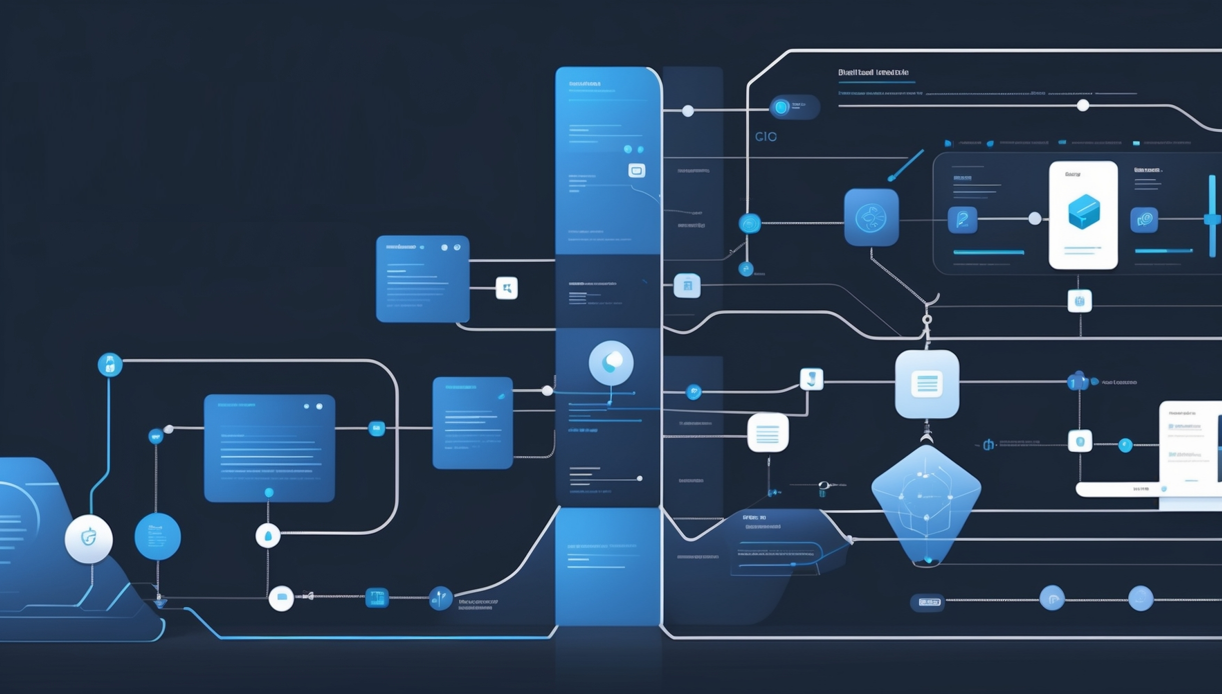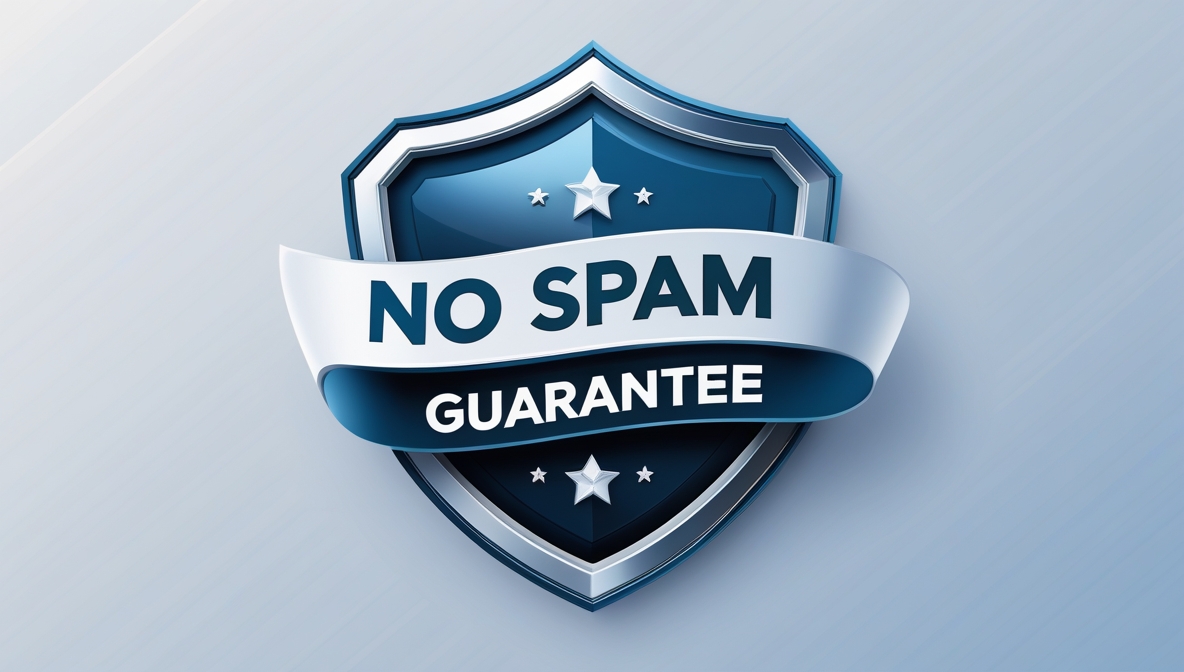Technology, once a support function, is now a principal driver of enterprise performance. The ability to architect systems that mirror strategic ambition—not merely accommodate it—has become a distinguishing factor between transformation that delivers and transformation that distracts. Enterprise architecture, when executed with clarity and intent, is no longer just an internal blueprint; it is a competitive differentiator. This practical framework for enterprise architecture roadmapping offers a disciplined, scalable, and adaptable approach to realizing that potential.
Organizations at scale rarely suffer from a lack of ambition. They suffer from entropy—disconnected systems, overlapping initiatives, and well-meaning strategies that never quite meet execution. The friction emerges not from poor planning, but from architecture that is fragmented, reactive, or worse, invisible. Technology leaders inherit portfolios of legacy infrastructure and siloed teams, and are then asked to deliver seamless, data-driven, customer-centric transformation across the enterprise. The gap between what is envisioned and what is architected is often where momentum stalls.
The usual tools fail not because they are incorrect, but because they are incomplete. Frameworks like TOGAF or FEA define the map but say little about the terrain. Strategy workshops generate enthusiasm, but rarely survive operational gravity. Governance becomes either ornamental or obstructive. What’s missing isn’t knowledge—it’s application. A way to translate vision into velocity.
What amplifies this dysfunction is the myth of neutrality: the belief that systems can be modernized independently of the people, processes, and politics that surround them. But transformation is not technical. It is architectural. It is layered, sequenced, negotiated. And without a roadmap that accounts for this complexity—across business capabilities, data architectures, security mandates, and infrastructure dependencies—organizations default to piecemeal progress and systemic risk.
This is precisely where this practical framework for enterprise architecture roadmapping finds its strength. It does not prescribe abstract theory but provides a concrete method for navigating from current to target states. It organizes complexity into coherent domains—information, infrastructure, security—and introduces actionable layers across business, application, data, and technology. It offers more than guidance; it provides structure to govern, prioritize, and phase initiatives with measurable impact. Governance is embedded, not bolted on. KPIs are integrated, not improvised. And reference models are tailored to enable action, not just compliance.
What emerges is not a rigid model but a strategic utility—something a CIO, enterprise architect, or transformation lead can actually use to bridge organizational ambition with IT execution. This framework speaks to those who need to unify, simplify, and amplify the digital core of their enterprise. It does not just support transformation. It enables it—on purpose, at scale, and with clarity.
This is not a generic playbook. It is a scalable, sector-neutral foundation built for organizations seeking clarity amid complexity. Whether you are a CIO unifying legacy environments, an enterprise architect operationalizing strategy, or a transformation leader tasked with delivering measurable outcomes—this framework elevates enterprise architecture from theoretical ambition to applied impact.
Main Contents
- A structured enterprise architecture framework encompassing business, data, application, infrastructure, and security domains
- A phased ICT roadmap approach to transition from current (AS-IS) to future (TO-BE) architecture states
- Segmentation of digital initiatives into three actionable categories: information-related, infrastructure, and security
- Guidance on establishing governance structures, roles, and accountability mechanisms to oversee EA execution
- Integration of architecture principles and reference models aligned with recognized standards like TOGAF and e-GIF
Key Takeaways
- Enterprise architecture must be designed to serve strategic execution, not just technical coherence
- Roadmapping requires more than timelines—it demands prioritization, governance, and measurable outcomes
- Segmenting initiatives by function (info, infra, security) enables clearer ownership and better sequencing
- Effective EA is as much about stakeholder alignment and governance as it is about systems design
- This framework turns enterprise architecture from a theoretical model into a practical method for transformation at scale
This practical framework for enterprise architecture roadmapping offers CIOs and IT leaders a structured method to tackle some of the most persistent challenges in aligning technology with business outcomes. Rather than functioning as a conceptual model, it serves as a practical guide to translate strategic vision into enterprise-wide execution. This makes it particularly valuable for organizations dealing with legacy sprawl, siloed systems, and unclear transformation priorities.
- Align IT investments with strategic priorities
By using the framework’s architecture domains and reference models, leaders can ensure that every IT initiative supports a defined business capability or outcome. - Map current versus future architecture states
The roadmap component enables CIOs to visualize where the enterprise is today, define where it needs to go, and plan the phased transition with milestones. - Segment and prioritize initiatives
Categorizing efforts into information, infrastructure, and security streams helps teams focus on high-impact areas and avoid duplication of efforts across units. - Establish governance and accountability
The framework provides guidance for structuring decision rights, oversight bodies, and escalation paths, ensuring architecture governance is embedded, not improvised. - Track value through integrated KPIs
With built-in performance measures, IT leaders can quantify progress and demonstrate value across service improvement, integration, cost savings, and data reuse.

